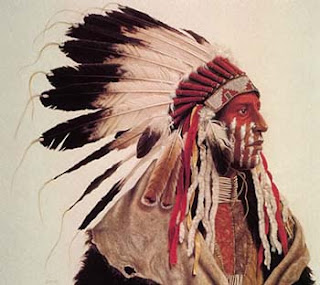Symbols Are Universal
After having my interest piqued during the presentation of the Nkisi figurines, I was drawn to look at how more African art and craft involved the culture of the tribes there. After some research, I found that in the Ogboni and Oro associations of the Yoruba tribe, they created bronze or brass figures called onile. Onile represented the cofounding ancestors of an Ogboni lodge, and at the formation of a town and lodge, they were cast to ensure the unification of every member. The figures also represented the combined strength of all of the town’s citizens, and their commitment to conserve that power for the future. The figures were always cast in pairs, in order to also represent oneness between the ranks of denizens, both male and female.
The symbolism and meaning that the onile structures have to the culture is very intriguing to me because for the modern world, the precognition with statues made by ‘primitive’ African tribes is that they’re simply idols of false gods. With the onile, the statues represent cohesiveness and power to their culture, similar to what our 9/11 memorials and even the Joplin mural represent to our culture. The thought that these tribes place so much knowledge and craft on insisting their association work together is one that is very interesting and thought-provoking for me.
The Visual Arts of Africa, by Judith Perani and Fred T. Smith











